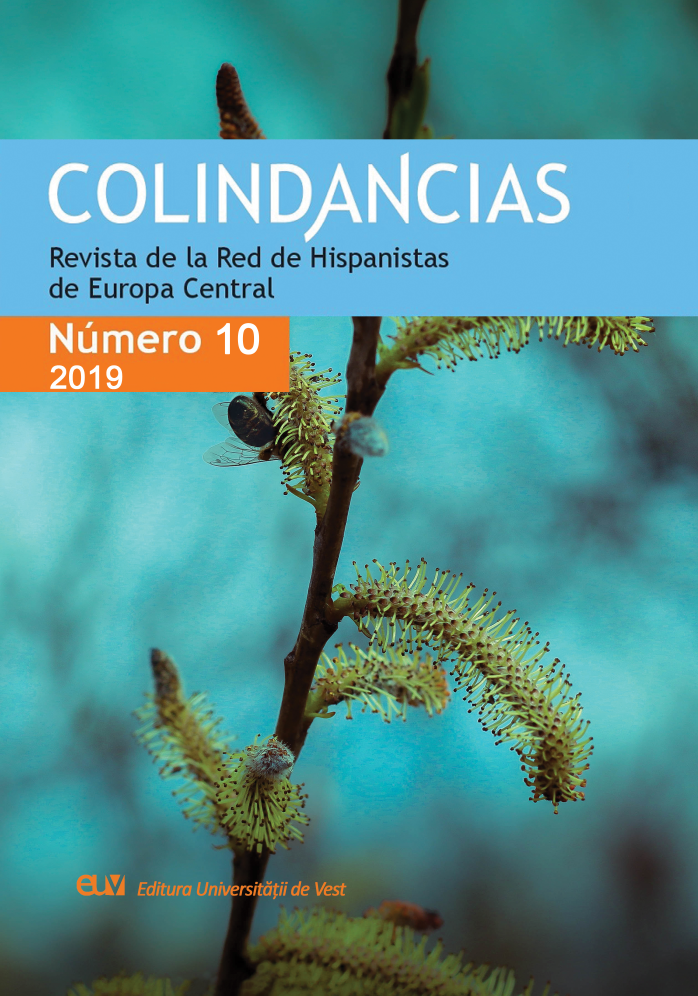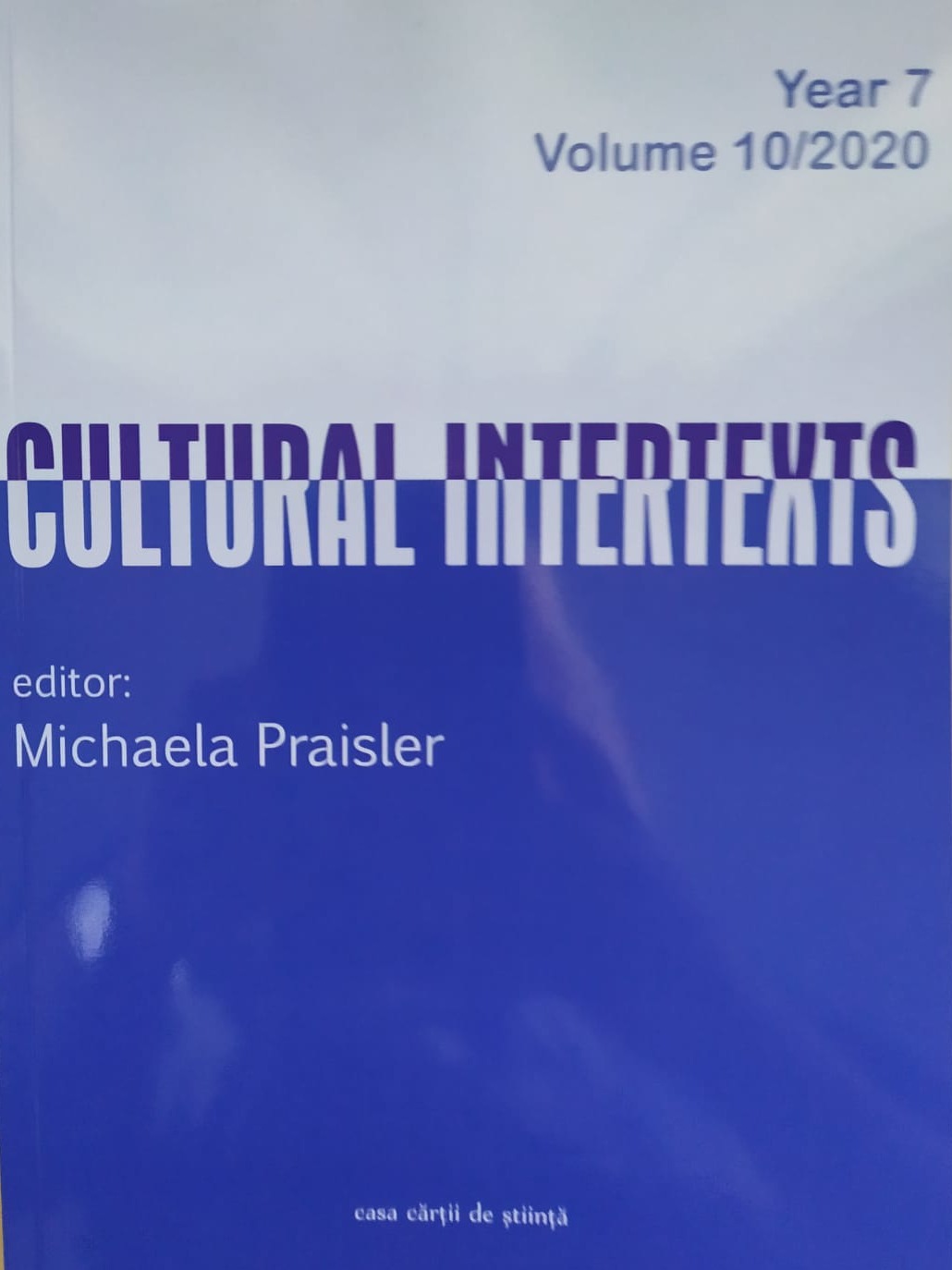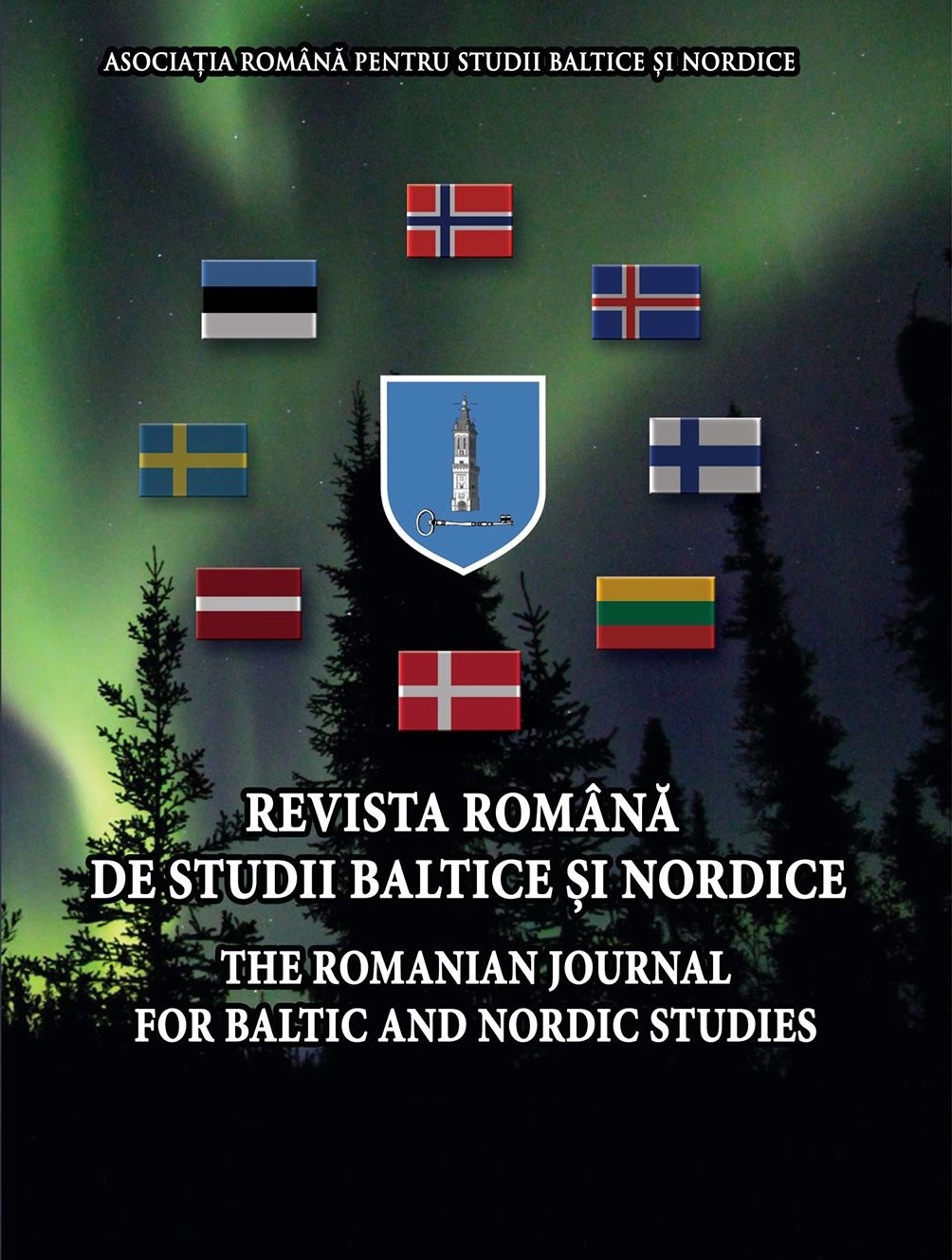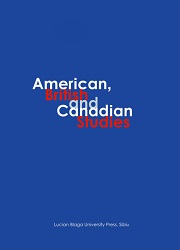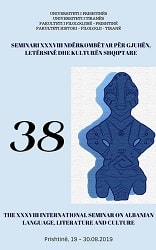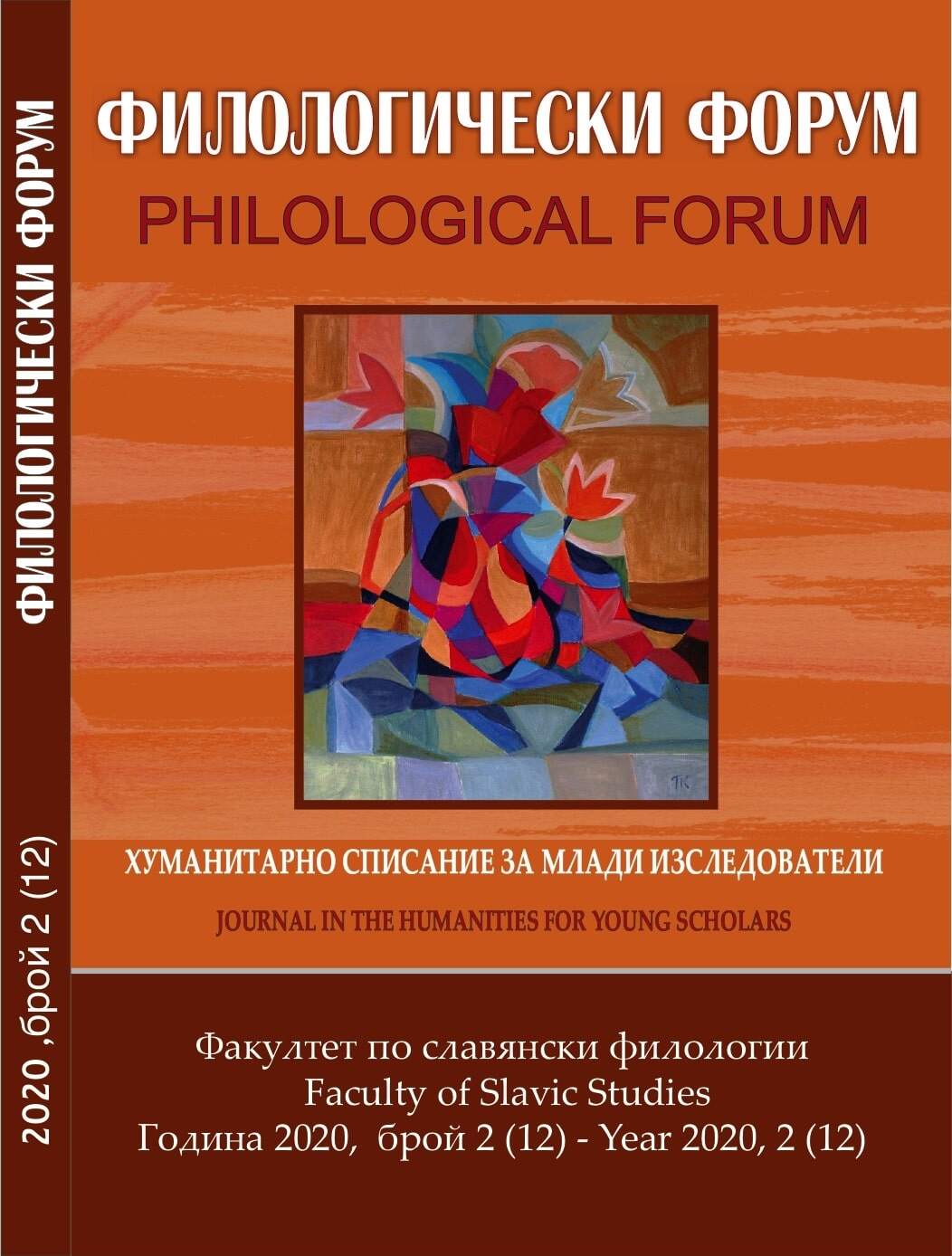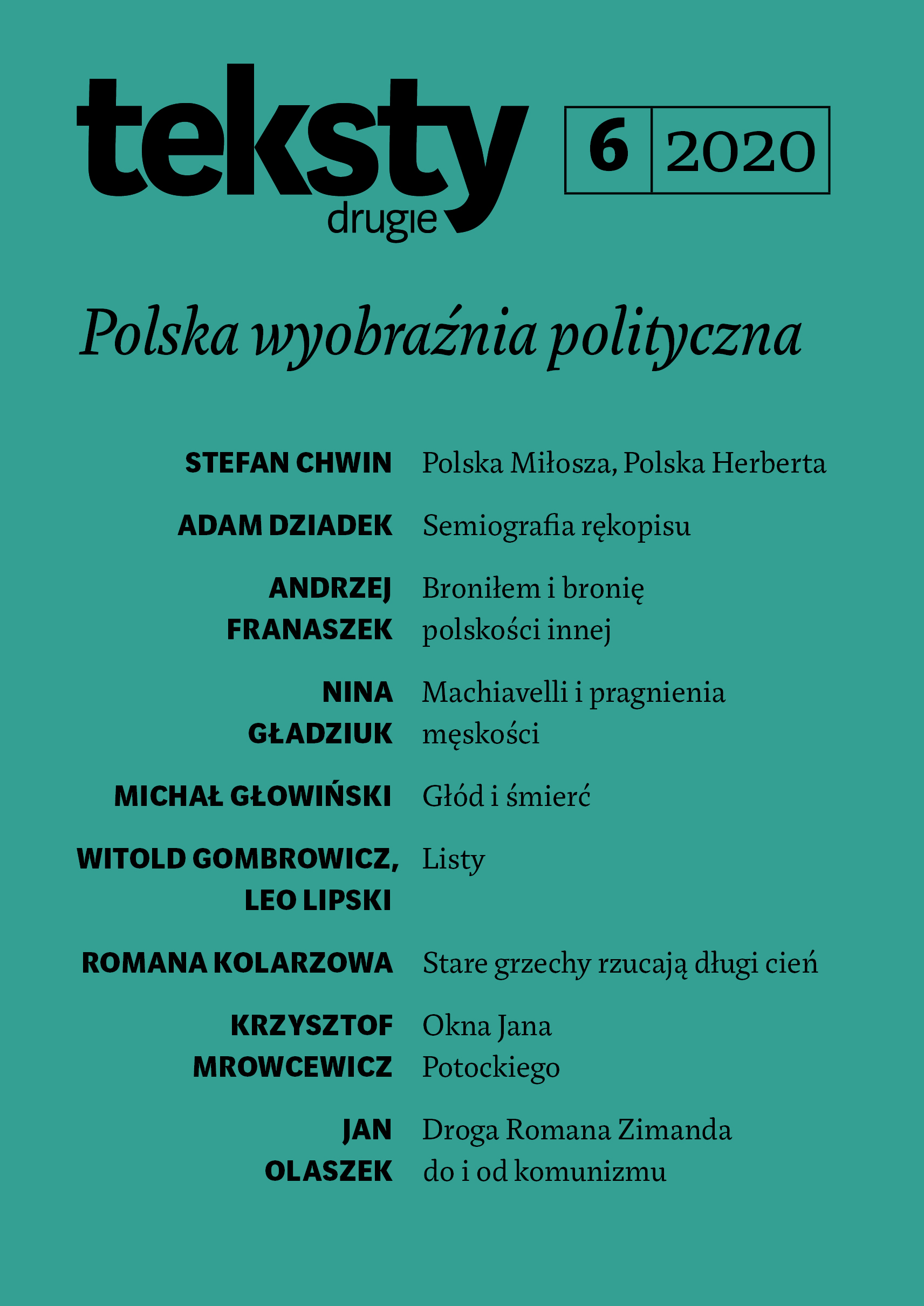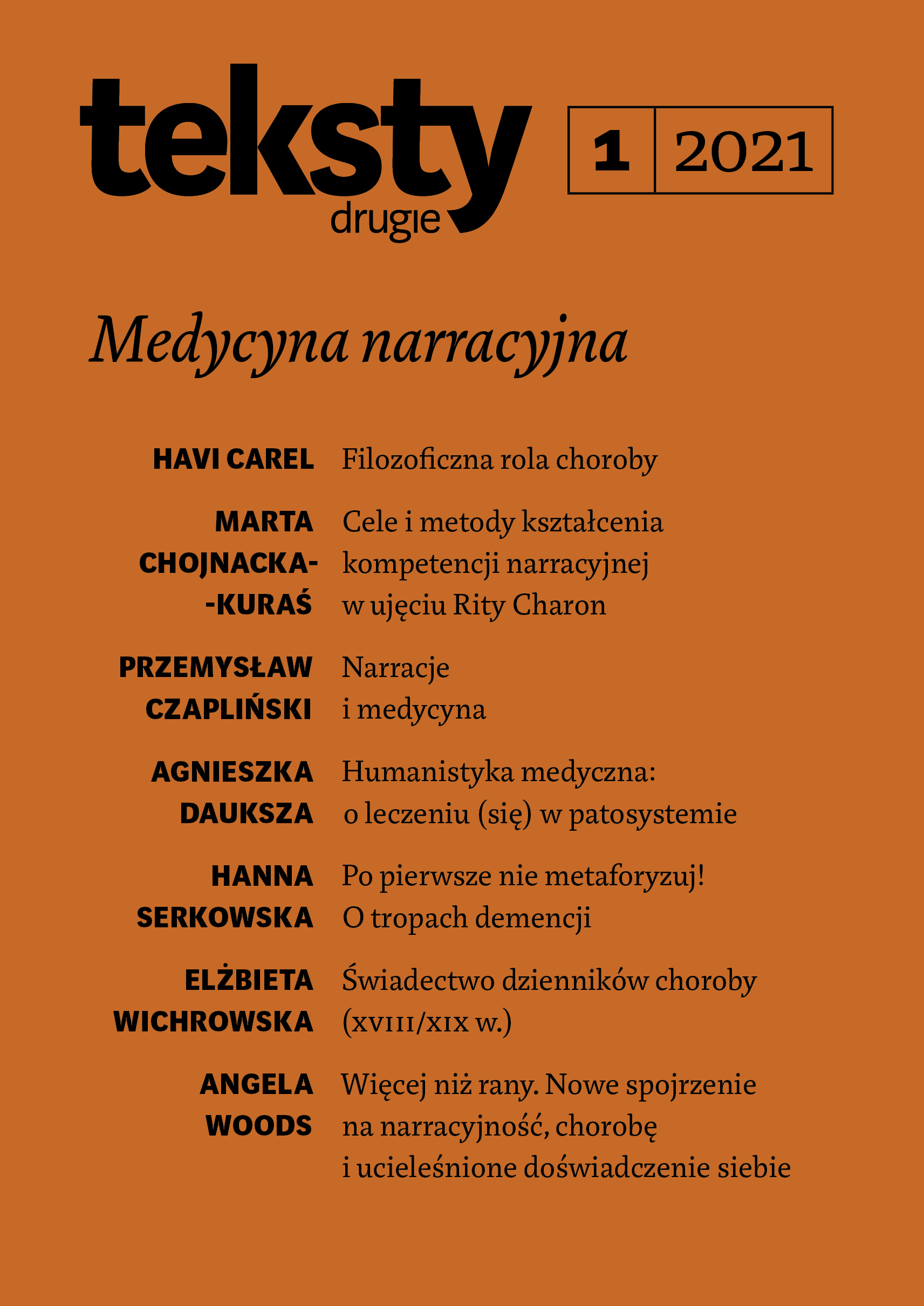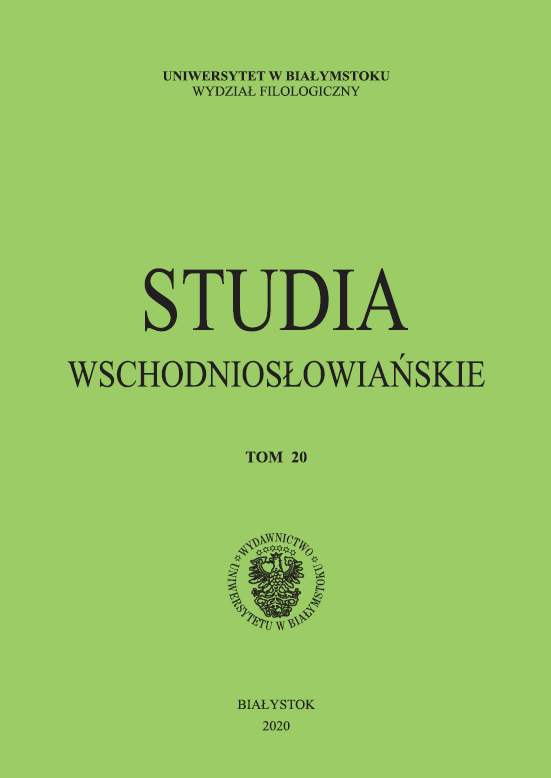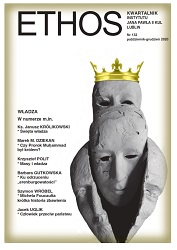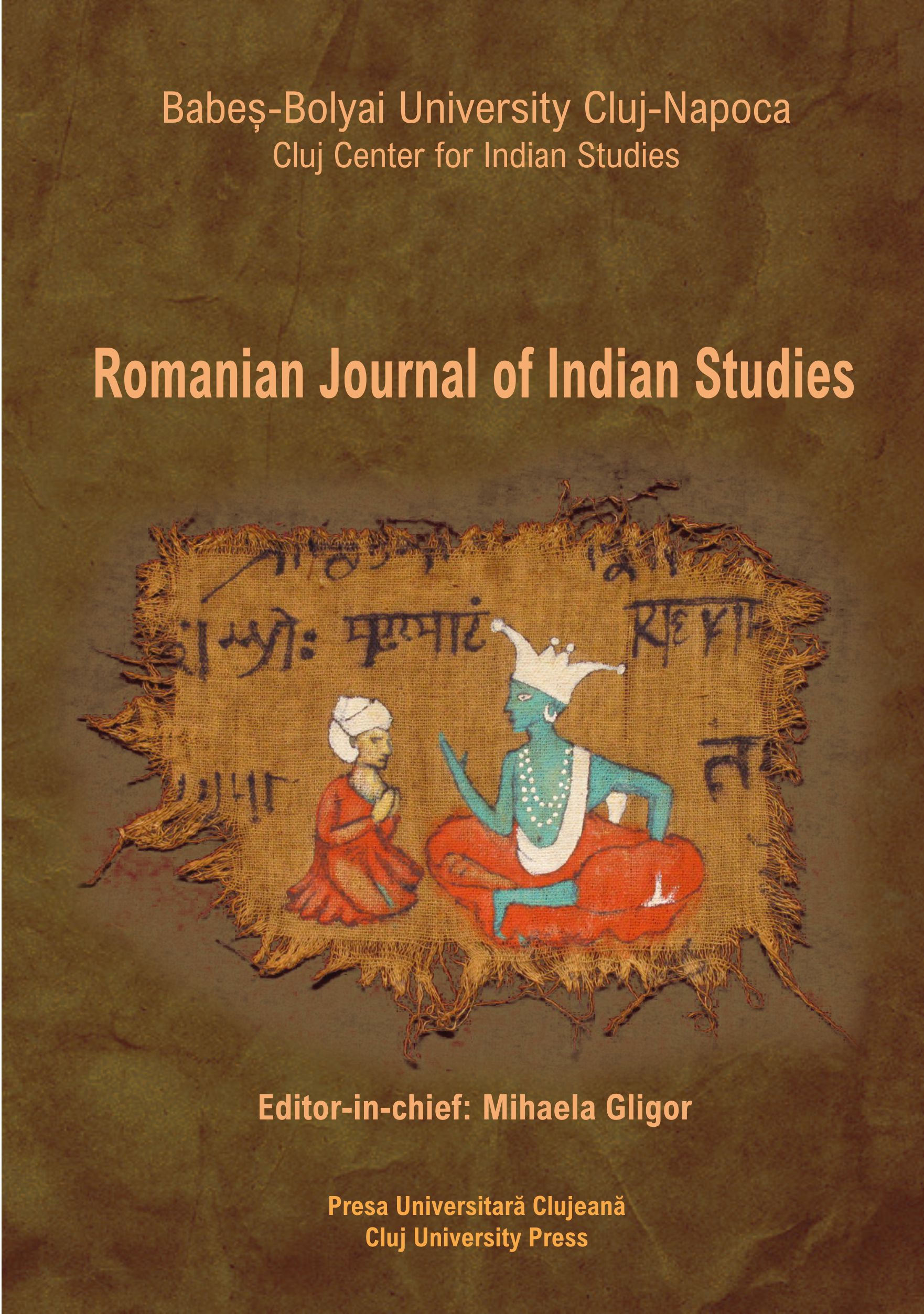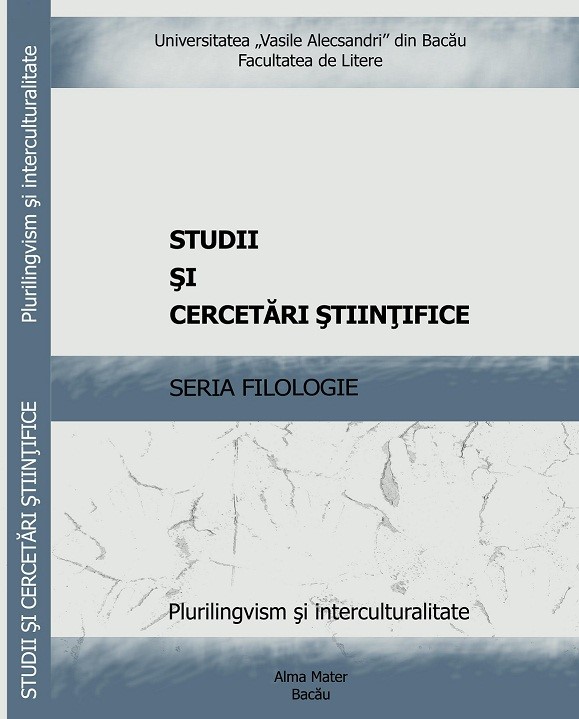
MAGIA NEAGRĂ A CONFESIUNII. MITURI, SIMBOLURI, COMPLEXE
Cette recherche envisage les symboles, les complexes pshychologiques ou les mythes qui se reflètent dans l'écriture confessive. Pour pouvoir être décrypté, le journal intime exige la participation du lecteur. Du point du vue de Mircea Mihăieş, l'intime nécessite l'adhésion au champ sémantique du mystère, de la protection, du secret, du camouflage, comme un ensemble plus large de l`intimisme: reflet d'un état d'esprit, d’une attitude, d’une façon d'être. Chaque écrit confessif est empreint des propres fantasmes de l’auteur, de ses angoisses existentielles, qu’il essaie d’exorciser par l’acte d’écrire. Eugen Simion voit le diariste comme un Œdipe, abandonné dans une forêt de symbols – peut-on ajouter. Cette recherche se propose à mettre en lumière les mythes de Narcis, Persée, Proteus, Sisyphe, les symboles du miroir, du labyrinthe, le complexe de Faust, le syndrome Villon dans le discours de la confession. Les symboles du cercle, d'égarement dans le labyrinthe, l'intersection se produisent d'ailleurs, dans le mythe négatif du journal intime. Le point central de cette magie noire de la confession reste le mythe du Créateur qui projette autour de soi l’ombre de son narcissisme afin de se sauver
More...
